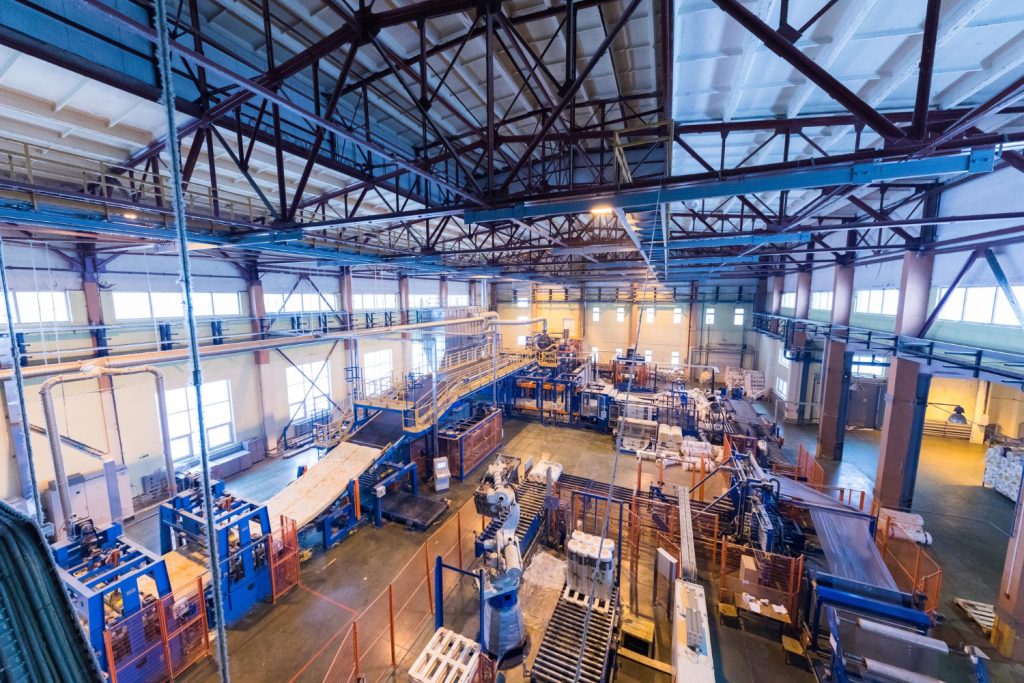What Businesses Overlook in Second-Hand Fleet Planning

Choosing second-hand vehicles often seems like a smart move for cutting costs. Many businesses act quickly, focusing on upfront savings rather than longer-term suitability. But this approach can create problems once the vehicles are actually in use.
Assumptions around condition, adaptability, and legal compliance are common. What looks like a straightforward purchase can lead to mismatched assets and operational gaps. Planning with more intent helps avoid these issues.
Short-Term Savings, Long-Term Gaps
Used vehicles can seem like great value, but focusing on price alone limits decision-making. Businesses frequently overlook how vehicles will perform day-to-day or whether they align with specific operational needs.
Age, mileage, and cosmetic appearance don’t tell the full story. It’s important to consider past use, mechanical history, and future maintenance. A well-priced vehicle with the wrong configuration can slow down teams and raise running costs.
Cost assessments should include fuel efficiency, service access, insurance, and the estimated lifespan of the vehicle. That wider view often reveals hidden expenses that offset any upfront savings.
Sourcing Smart: Where to Look and What to Ask
Where the vehicle comes from matters. Many companies buy from general resellers without checking for experience in specialist or converted models. This often results in unreliable assets.
Working with suppliers who focus on adapted vehicles makes a difference. They offer clearer records, support options, and a better understanding of quality standards. Businesses exploring adapted vehicle options can browse used WAV vehicles through trusted providers that prioritise compliance and support. Remember to ask direct questions. Has the vehicle been professionally converted? Is a warranty available? What kind of aftercare is offered? These details often signal how reliable the supplier is over time.
The Overlooked Role of Accessibility in Business Transport
Accessibility is often left out of fleet planning. This creates avoidable problems for employees, clients, or users with mobility needs. It also limits flexibility across departments and service areas.
Used wheelchair accessible vehicles provide practical, ready-made solutions. They’re widely available and come in different configurations to suit business demands. These options make it easier to support inclusive operations without relying on custom modifications. Not only this, but used WAV vehicles offer a way to build transport capacity that works for everyone. They help organisations meet basic access needs while staying within budget.
Compliance Isn’t Optional
Fleet planning decisions carry legal responsibilities. Businesses often skip checks around regulations when buying used vehicles, especially when those vehicles have been modified for accessibility. That can lead to compliance issues later.
Standards under laws such as the Equality Act require that services, including transport, are accessible. If a vehicle is used to support staff or client travel, it must meet specific criteria. Failing to ensure this exposes businesses to unnecessary risk.
Used adapted vehicles must have safe, certified conversions. It’s important to review modification records, ask for proof of professional installation, and check whether the vehicle still meets legal requirements after resale.
Right Vehicle, Wrong Job: Functional Mismatches
A vehicle might look suitable on paper, but real usage reveals the gaps. Businesses sometimes buy models based on brand, availability, or general features without checking whether the layout, capacity, or handling suits the actual tasks.
This is especially common in care services, education, or local logistics, where needs vary daily. A vehicle with the wrong ramp style, seat setup, or access configuration slows things down and limits service delivery.
Used WAV vehicles are built for function. When selected carefully, they solve mobility and logistics challenges at once. Businesses need to match vehicles to roles, not the other way around.
Maintenance and Service Planning Often Comes Too Late
Planning for upkeep is essential with any used asset. Businesses often wait until faults appear before building a maintenance schedule, which leads to downtime and unexpected repair costs.
Used vehicles, particularly those with adaptations, have specific service needs. Ramp systems, safety restraints and conversions all require inspection. If those checks aren’t regular, reliability drops fast.
Maintenance planning should begin before purchase. Ask for service logs, previous MOT results, and conversion inspection reports. Build a maintenance routine from day one. This allows problems to be caught early and helps protect the investment over time. Fewer breakdowns mean fewer missed appointments and less disruption to your operations.
Choose Smarter, Plan Better
Second-hand fleet planning involves more than buying used vehicles. It involves assessing how those vehicles fit your organisation, how long they’ll last, and what support they need to keep running well.
Making smart choices early saves time and money later. Accessibility, compliance, function, and servicing should guide your selection process. Buying second-hand doesn’t mean compromising; it just means planning better.
Businesses ready to rethink their approach should take time to review their current assets and sourcing channels. Explore what’s available, work with specialists when needed, and make sure each vehicle supports your wider goals. Every choice should serve your staff, your customers, and the work you do, day after day.




